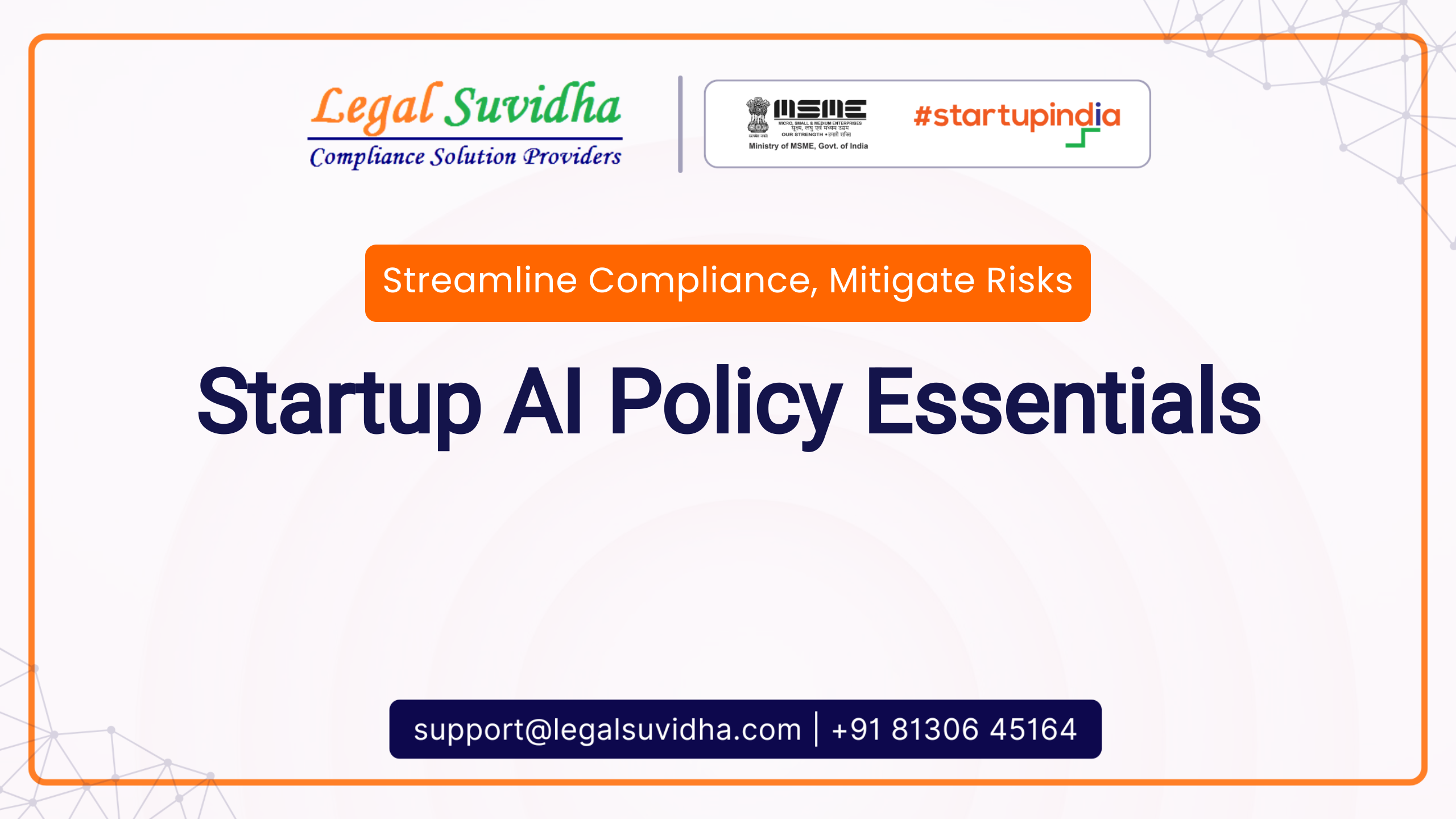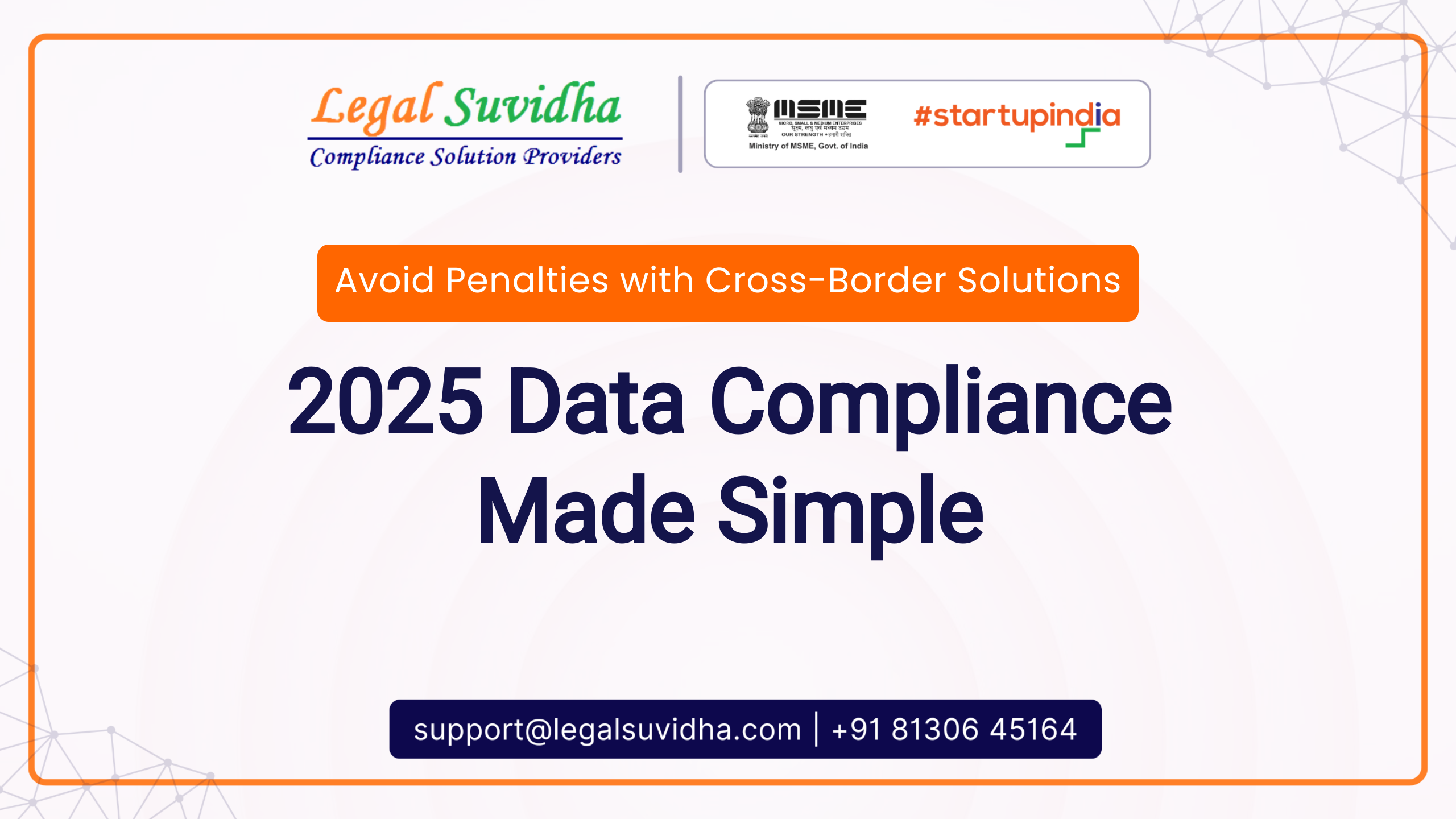The introduction of Goods and Services Tax (GST) e-invoicing in India has revolutionized the way businesses manage their invoicing processes. E-invoicing brings numerous advantages, such as reducing tax evasion, streamlining compliance, and enabling seamless data integration. To harness the power of GST e-invoicing data and gain valuable insights, organizations can leverage powerful analytics tools like Power BI. In this blog post, we will explore the implementation of Power BI Analytics for GST E-invoicing in India, focusing on data integration and preparation.
A. Data integration and preparation:
1. Extracting GST e-invoice data for analysis:
To begin the implementation of Power BI Analytics, the first step is to extract the GST e-invoice data for analysis. The e-invoice data is typically available in the standardized JSON format, which includes detailed information about the invoice, such as invoice number, supplier details, buyer details, item details, tax information, and more. Organizations can retrieve this data from the government’s designated GST portal or their internal systems, depending on their specific requirements.
2. Transforming and cleaning data for accurate insights:
Once the e-invoice data is obtained, it is crucial to transform and clean the data to ensure the accuracy and reliability of the insights derived from Power BI Analytics. This involves several key steps:
a. Data normalization: The extracted data may be structured differently across various invoices or systems. Normalizing the data involves standardizing formats, removing redundant information, and aligning the data structure to a common schema. This step helps in creating a unified dataset for analysis.
b. Data validation: Validating the data is crucial to identify and rectify any discrepancies or errors. This includes verifying the correctness of invoice numbers, validating the supplier and buyer details, cross-checking tax calculations, and ensuring data integrity throughout the process.
c. Data cleansing: Data cleansing involves identifying and resolving issues like missing values, duplicates, outliers, or inconsistencies. Cleaning the data ensures that the subsequent analysis and visualizations are based on accurate and reliable information.
d. Data enrichment: To enhance the analysis capabilities, organizations can enrich the e-invoice data by integrating additional relevant data sources. This can include customer data, product information, sales data, or any other relevant data that complements the e-invoice dataset.
e. Data modeling: Once the data is transformed, cleaned, and enriched, it is important to establish an appropriate data model within Power BI. This involves defining relationships between different data tables, creating calculated measures, and organizing the data structure to facilitate effective analysis and visualization.
Examples of organizations using Power BI for GST e-invoicing analytics in India:
1. Tally Solutions: Tally Solutions, a popular accounting software provider in India, has implemented Power BI for GST e-invoicing analytics. They have integrated Power BI with their accounting software to provide real-time insights and analytics related to GST e-invoicing data. This integration has helped businesses use Tally Solutions’ software to track and analyze their e-invoices, identify any discrepancies, and ensure compliance with GST regulations.
2. Infosys: Infosys, a global leader in consulting, technology, and outsourcing services, has leveraged Power BI for GST e-invoicing analytics. They have developed customized dashboards and reports using Power BI to help businesses analyze their e-invoicing data, gain insights into their GST compliance, and streamline their invoicing processes. Infosys’ Power BI implementation has enabled businesses to identify areas of improvement, reduce errors, and enhance their overall efficiency in complying with GST regulations.
3. Deloitte: Deloitte, one of the “Big Four” accounting firms, has utilized Power BI for GST e-invoicing analytics for its clients in India. They have built comprehensive dashboards and visualizations using Power BI to provide businesses with real-time visibility into their e-invoicing data. Deloitte’s Power BI implementation has helped businesses monitor their GST compliance, detect potential risks or issues, and make data-driven decisions to optimize their invoicing processes.
Benefits and outcomes achieved through Power BI implementation:
1. Enhanced data visualization: Power BI enables organizations to create interactive and visually appealing dashboards, charts, and reports. This helps stakeholders gain a clear understanding of their data, spot trends, identify patterns, and make informed decisions based on the insights derived from the data.
2. Real-time analytics: With Power BI, organizations can connect to various data sources and retrieve real-time data. This enables them to monitor key performance indicators (KPIs), track business metrics, and respond quickly to changing market conditions. Real-time analytics empowers businesses to make agile decisions and take timely actions for better outcomes.
3. Improved data-driven decision-making: Power BI provides organizations with advanced analytics capabilities, such as data modeling, data cleansing, and predictive analytics. By leveraging these features, organizations can uncover valuable insights from their data, identify opportunities for growth, mitigate risks, and optimize their operations. This leads to improved decision-making processes based on accurate and reliable information.
4. Enhanced collaboration and sharing: Power BI offers collaborative features that allow teams to work together on data analysis and reporting. Users can share dashboards, reports, and insights with colleagues, enabling seamless collaboration and knowledge sharing within the organization. This promotes a data-driven culture and ensures that stakeholders have access to the right information at the right time.
5. Cost and time savings: Power BI simplifies the process of data extraction, transformation, and visualization. It eliminates the need for manual data gathering and report generation, reducing the time and effort required for data analysis. Additionally, Power BI’s self-service capabilities enable business users to create their own reports and dashboards, reducing dependency on IT teams and saving costs associated with custom report development.
Overall, organizations that have implemented Power BI have experienced improved data visibility, better decision-making, increased operational efficiency, and a competitive advantage in their respective industries.
If You have any queries then connect with us at [email protected] or [email protected] & contact us & stay updated with our latest blogs & articles









